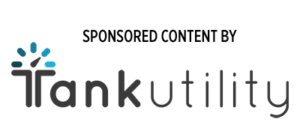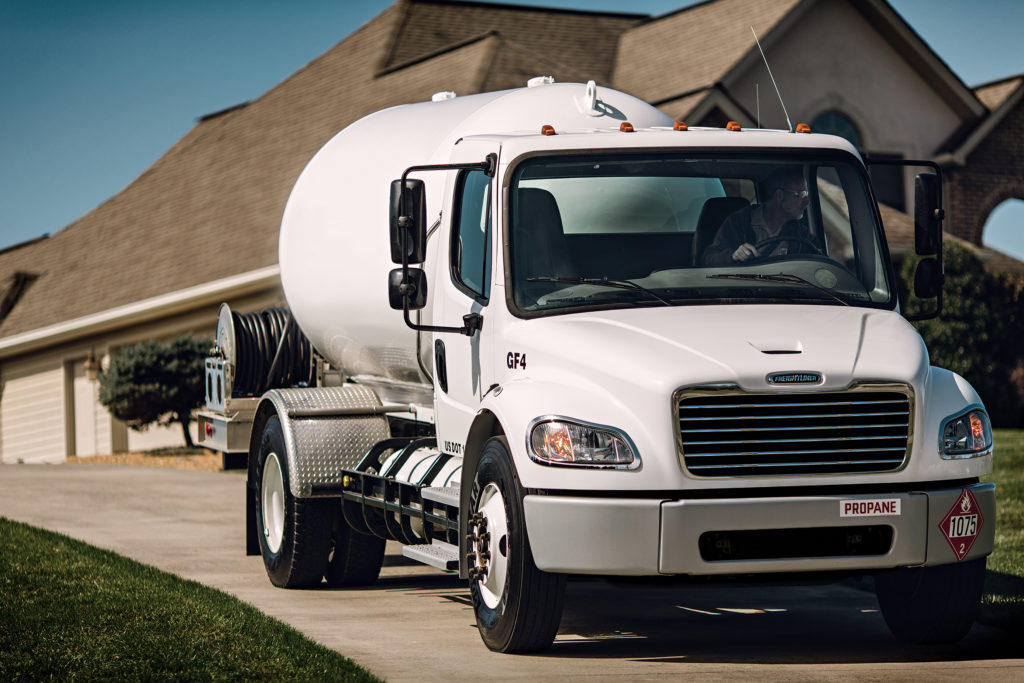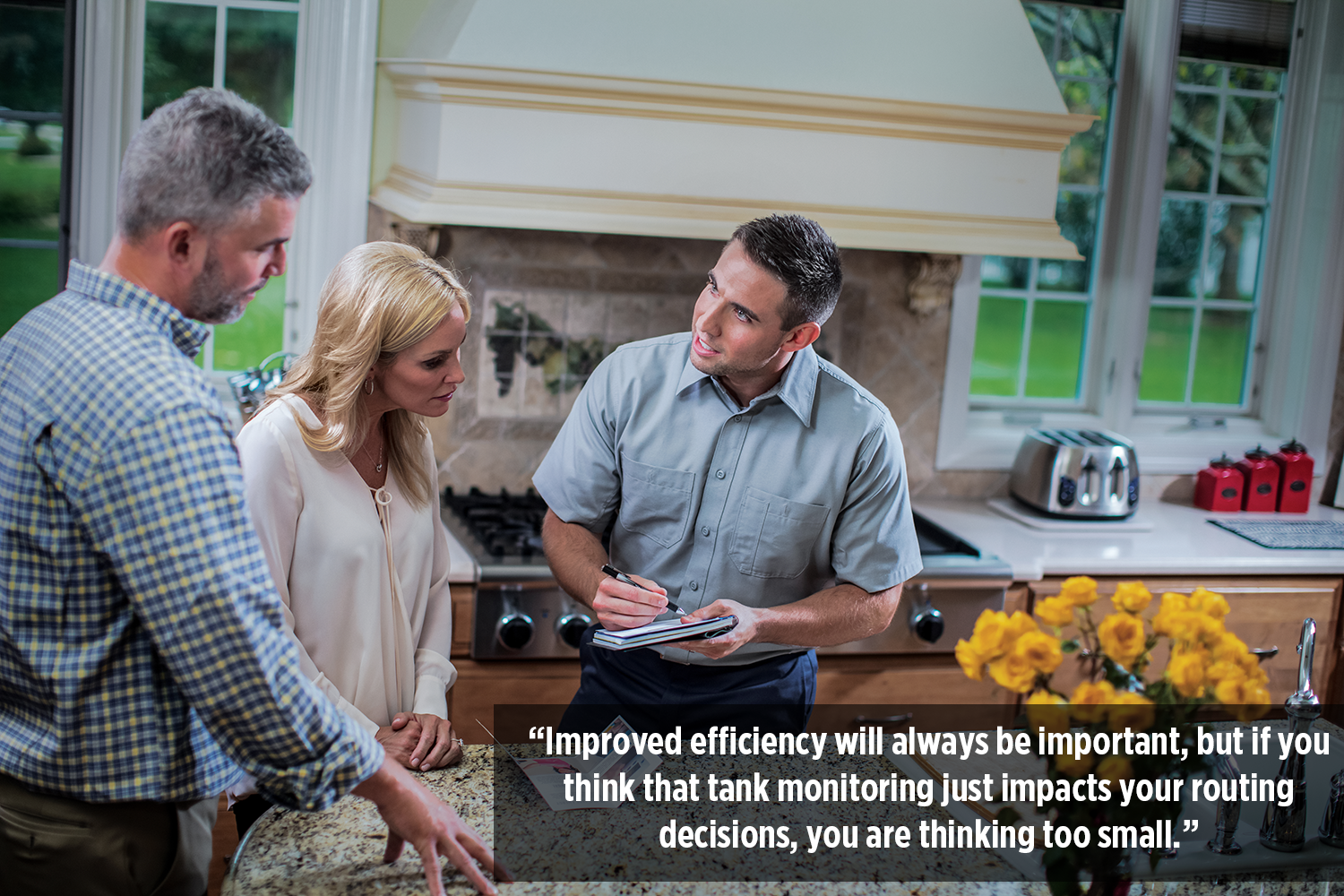
Tank Monitoring has long been a “nice to have” for propane marketers, however, over the past few years, tank monitoring has become a strategic differentiator for them as well.
While delivery efficiency is a big reason to invest in tank monitoring, we’ve seen many propane marketers use tank monitoring to impact key areas of their business in other ways.
This article will cover some of the positive impacts that tank monitoring can have on different areas of your business from avoiding unnecessary costs, to customer service, to sales & marketing.
Here are the most important ways that tank monitoring positively impacts your business:
No. 1 Reducing Operational Costs
Delivery efficiency is important, but you should also know how much tank monitoring can impact your operational costs. We see that an average delivery cost for propane is around $60 when including gas, payroll, wear & tear and other costs. You can get a quick estimate of your delivery cost by downloading this Delivery Cost Calculator.
Leading propane marketers use monitoring as a way to deliver less while dropping more gallons. They typically build their routes on a just-in-time basis, delivering to accounts where tanks have hit approximately 20% capacity. In short, they use real-time tank level data to deliver only when their customers need a drop, thus saving on operational costs.

Leading propane marketers use monitoring as a way to deliver less while dropping more gallons.
No. 2 Customer Retention
Based on our 2018 Propane Homeowner Survey, the most overwhelming reason for a customer switching propane suppliers is due to a run-out. And that makes sense. You never want to lose a customer account, especially your high gallon accounts, due to a run-out.
Of course propane marketers use monitors to access tank level data to avoid run-outs, however successful propane marketers also use tank monitoring to provide transparency to their customers. They give customers access to the mobile app so they have the most accurate view of their tank. This helps decrease the number of urgent delivery requests by ensuring customers call only when they truly need a delivery.
In case a run-out happens, a complimentary tank monitoring service can be used as an apology to retain that customer and guarantee it won’t happen again.
No. 3 Better Sharing of Tribal Knowledge Across the Team
Any successful propane marketer knows their customer accounts inside out. They know the accounts that have variable usage, the ones that are hard to get to or have tricky driveways, and the ones that consistently ask for deliveries earlier than they need. But what happens when the dispatcher or driver who knows his routes by heart leaves or retires?
Many propane marketers are using tank monitoring and legacy data captured as a way to build central tribal knowledge for their team. This ensures repeated profitability for the business and easier control of operations as owners pass responsibilities from generation to generation, or on-board new employees as they grow.
 No. 4 Improved Team Morale
No. 4 Improved Team Morale
Up-to-date knowledge on customer accounts is crucial to deploying your team on the right accounts at the right time. And tank monitoring can help make your team’s job easier, enabling them to do more in less time.
Here are a few examples:
Drivers: The worst feeling for a driver is making a trip to a customer only to drop half the tank. Small drops erode drivers’ trust in dispatchers, and waste valuable time they could use to fill other tanks. Tank Monitoring can ensure your drivers are more effective and rarely make a “bad drop”.
Customer Service: When a customer calls, customer service reps need the most accurate tank level data at their fingertips. This ensures they can provide better expectations to the customer on when they will receive a delivery, while also identifying when a customer calls too early for a fill.
Sales and Marketing: Price and reputation can be huge differentiators for propane marketers, but so can tank monitoring. Many propane marketers use tank monitoring services to differentiate themselves from the competition while giving their customers real insight into their propane consumption.
We’ve detailed more benefits for every member of your team in our infographic, Getting Your Team on Board with Tank Monitoring, which you can download for free.

No. 5 Differentiator and Additional Revenue Stream By Selling to Customers
Many propane marketers see success with tank monitoring without charging customers at all.
However, one of the biggest trends with tank monitoring in the last few years is offering premium tank monitoring services to customers.
Often charging $99 – $120 a year for the service, these propane marketers target key customer accounts to provide additional value to customers while reaping the benefits of tank monitoring at a reduced price. These marketing strategies include:
- Targeting variable usage accounts like generators, pool heaters, or vacation homes
- Including tank monitoring services as part of their maintenance packages
- Offering tank monitoring services as a free trials for new customers
- And much more
In every case, it’s important to let customers know the high-touch service you provide to them with a tank monitor. It is a terrific differentiator when competing for a new customer that you and your team should use.
Our Complete Guide to Selling Tank Monitoring shares a ton of selling best practices from pricing to packaging to tactics.
Efficiency is Important but The Impact is Greater
Improved efficiency will always be important, but if you think that tank monitoring just impacts your routing decisions, you are thinking too small. Having better control of your operations means your team is happier while accomplishing more, ensures new employees drive revenue faster, and limits the possibility of customers going elsewhere.
Add in the extra value of differentiated services that change the conversation when competing for business, and tank monitoring can ensure you consistently drive greater profitability for your organization.
To learn more about tank monitoring and sign up to receive a free demo kit from Tank Utility, visit us here.
This page was produced by North Coast Media’s content marketing staff in collaboration with Tank Utility. NCM Content Marketing connects marketers to audiences and delivers industry trends, business tips and product information. The LP Gas editorial staff did not create this content.
Photos provided by Tank Utility













